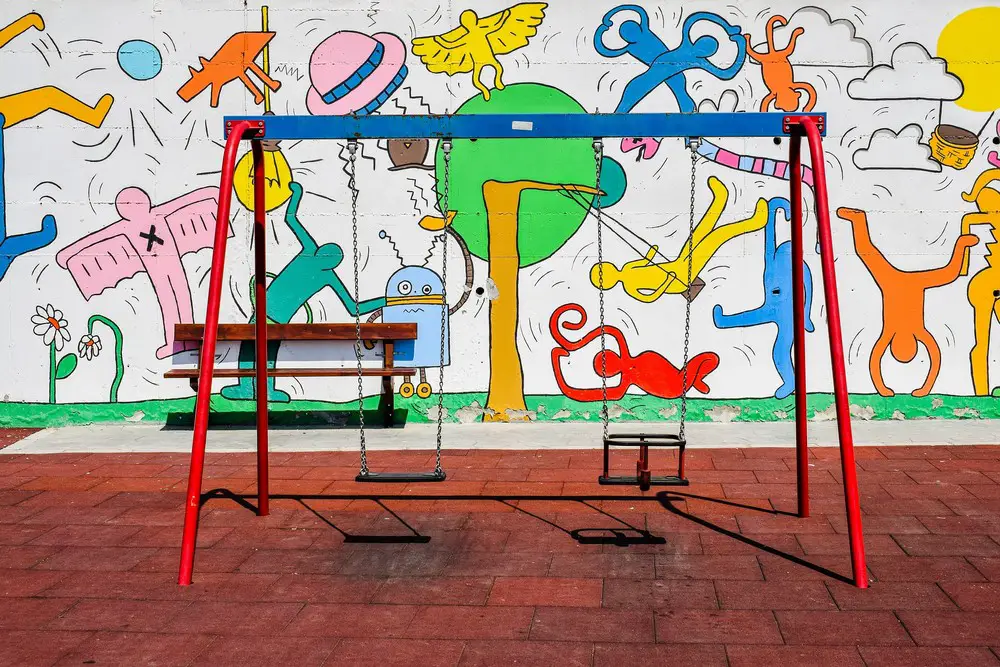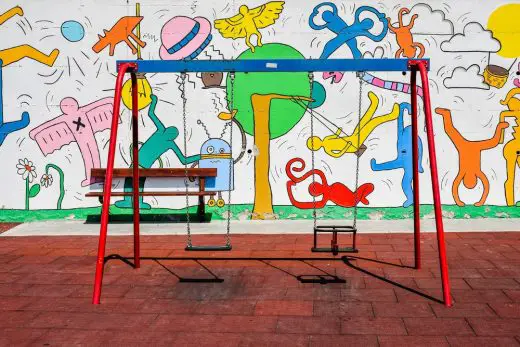Working with local authorities for playground installation, Architectural principles of playground design
Working with Local Authorities for Playground Installation
22 May 2023
Installing playground equipment is an exciting and rewarding venture that can significantly improve the quality of life for local communities, particularly children and families. However, it is also a process that involves a great deal of planning, negotiation, and compliance with local authorities’ rules and regulations. This blog post seeks to shed light on the comprehensive process of working with local authorities for playground installation in the UK.
Understanding the Importance of Local Authorities in Playground Installation
Before embarking on any new project, it’s crucial to understand why local authorities play a pivotal role in the installation of playgrounds.
Local authorities are the custodians of public spaces, and as such, they have the responsibility to ensure that any changes or additions to these spaces are safe, appropriate, and beneficial to the community. Furthermore, they have the legal authority to approve or deny applications for new playgrounds, making their involvement indispensable.
Navigating the Initial Steps: Identifying the Need and Proposing the Project
Identifying the Need
The first step in any playground installation project is to identify a genuine need within the community. This might involve:
- Surveying the local community to determine the need for a playground.
- Assessing the availability and condition of existing playgrounds.
- Determining the demographic that the playground will serve (age range, abilities, etc.).
Proposing the Project
Once the need is established, the next step is to propose the project to the local authority. A well-structured proposal should include:
- The need identified and how the playground will address this need.
- The proposed location of the playground.
- A preliminary design or concept of the playground.
- The estimated cost of the project.
Seeking Planning Permission
In the UK, any new construction or significant alteration to the use of a public space requires planning permission from the local council. This process usually involves:
- Submitting a planning application: This includes detailed plans of the proposed playground, an explanation of its potential impact on the local area, and the results of any consultations or surveys conducted.
- Consultation period: The local council will likely conduct a consultation period, where members of the public and other relevant stakeholders can comment on the proposal.
- Decision: The local council will make a decision based on various factors, such as the appropriateness of the design, the impact on the local area, and the results of the consultation.
Adhering to Safety Standards
A key consideration for local authorities when approving playground installations is safety. In the UK, playgrounds must adhere to the European Safety Standard for Playground Equipment (EN 1176 and EN 1177). These standards provide guidelines on issues such as:
- The design and manufacture of playground equipment.
- The installation and maintenance of equipment.
- The impact-absorbing properties of playground surfaces.
It’s crucial to work with a playground equipment provider that understands and adheres to these standards.
Accessibility and Inclusion
Accessibility and inclusion are other key considerations for local authorities. Playground designs should cater to a diverse range of abilities and needs. The British Standards Institute (BSI) provides guidance on inclusive playground design in their standard BS EN 1176-7:2008.
Funding the Project
Funding is often a significant hurdle in playground installations. Local authorities may provide some funding, but it’s often necessary to seek additional sources. These could include:
- Local businesses: Many businesses are willing to sponsor community projects.
- Grant funding: Various organisations provide grants for community projects.
- Crowdfunding: Raising funds from the community can be a great way to ensure buy-in and support for the project.
Conclusion
In summary, working with local authorities for playground installation in the UK involves a complex yet rewarding process. It requires a clear understanding of the community’s needs, an articulate proposal, meticulous planning, compliance with safety standards and inclusion principles, and a comprehensive funding strategy.
Overcoming Challenges
While the process can be lengthy and challenging, it’s important to remember that the goal of creating a safe, fun, and inclusive space for children and the community is a worthy one. Here are a few common challenges and how you might overcome them:
- Bureaucracy and delays: Be patient and prepared for potential setbacks. Stay in regular contact with the local council to keep abreast of progress and make sure all paperwork is correctly filled out and submitted on time.
- Community opposition: If you encounter resistance from community members, listen to their concerns and try to address them. This might involve modifying the design, relocating the playground, or conducting further consultations to reach a compromise.
- Funding shortfalls: Have a backup plan in case funding falls short. This might include phased installation of the playground, sourcing additional sponsors, or running a fundraising campaign.
Collaborating with Local Authorities: Best Practices
Successful playground installations often come down to productive collaboration with local authorities. Here are some best practices to consider:
- Early Engagement: The sooner you engage with the local authority, the better. Early engagement allows for a more collaborative approach and can help to identify any potential issues or concerns upfront.
- Clear Communication: Keep communication lines open and clear. Make sure that all plans, designs, and timelines are communicated effectively to avoid any misunderstandings.
- Documentation: Keep a meticulous record of all interactions, submissions, and feedback. This can be invaluable if any issues arise later in the process.
- Professional Assistance: Consider seeking the assistance of professionals experienced in playground installations. They can offer invaluable advice, navigate bureaucratic processes more effectively, and ensure compliance with all relevant standards and regulations.
Playground Installation Final Thoughts
The journey to installing a playground in your local community, while involving many steps and potential challenges, can be a gratifying and transformative process. It’s a tangible way to contribute to the welfare and happiness of local children and families.
The keys to success lie in careful planning, patience, and a cooperative spirit. Remember, the local authority is not an adversary but a partner in this endeavour, sharing your goal of creating a safe and enjoyable space for the community. By understanding the process, requirements, and best practices, you are well on your way to turning your playground dream into a reality.
Comments on this Working with Local Authorities for Playground Installation article are welcome.
Playgrounds
Playground Design
How to choose right playground surfacing
Architectural Principles of Playground Design
Gardens
Gardens Posts
Landscaping and garden design ideas for your outdoors
How to choose the perfect furniture for your garden
5 Best Garden Recliner Chairs in 2021
Buildings
Contemporary Architecture
Comments / photos for the Working with Local Authorities for Playground Installation page welcome






